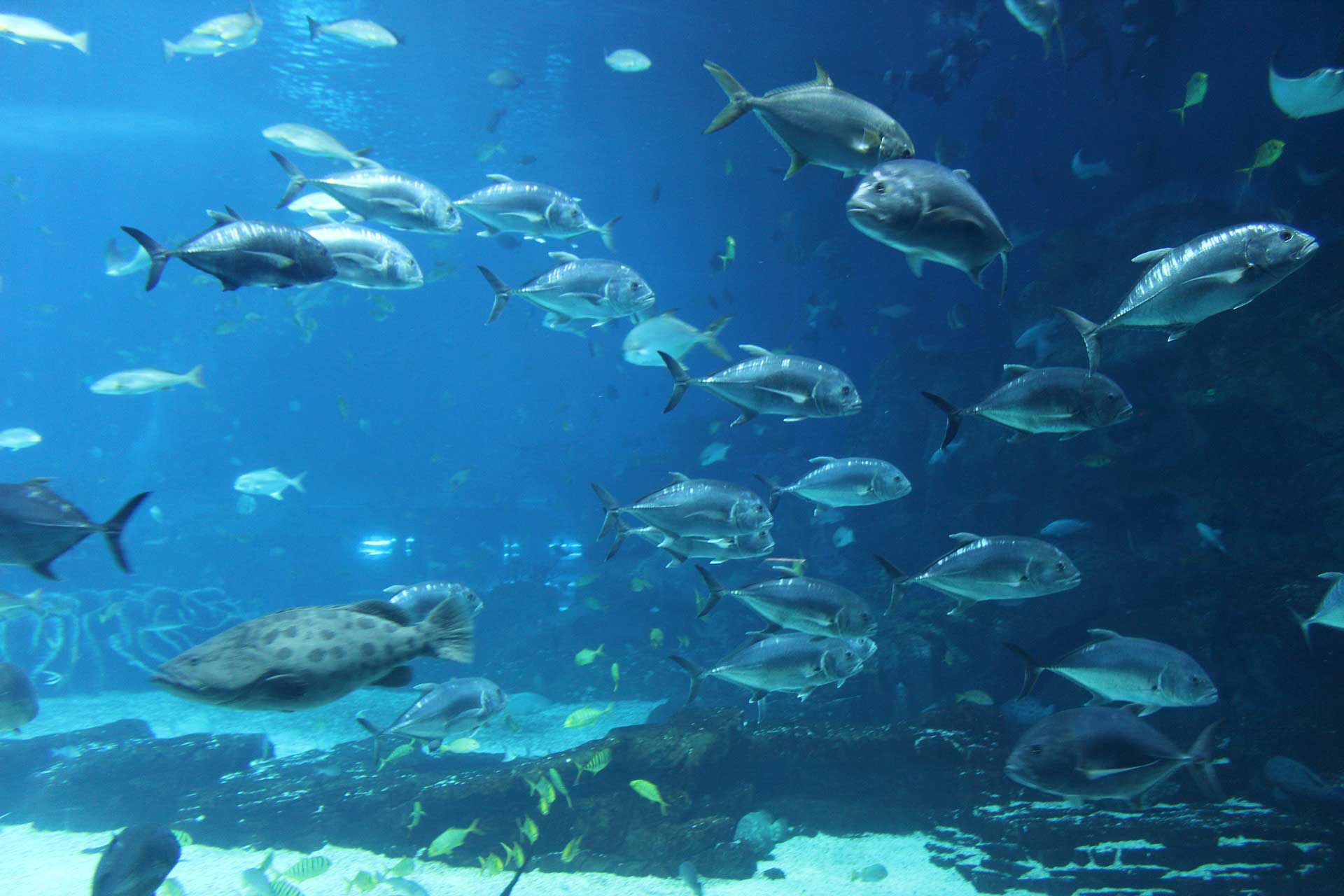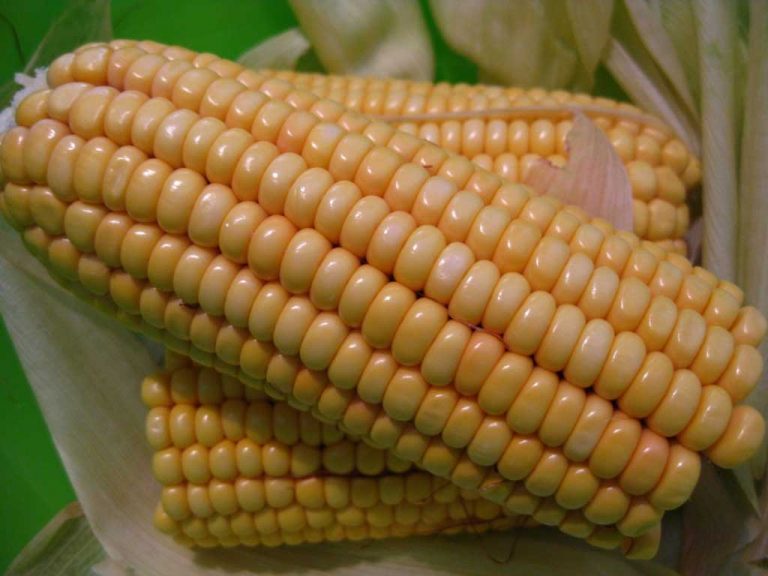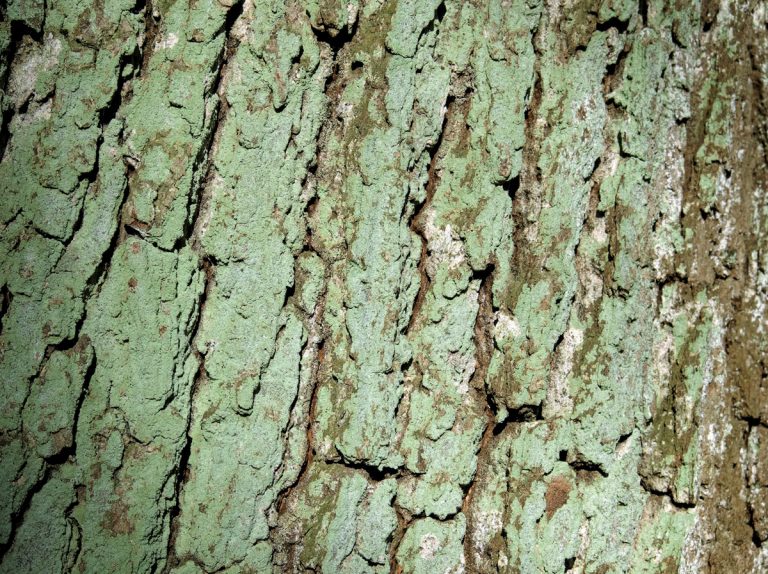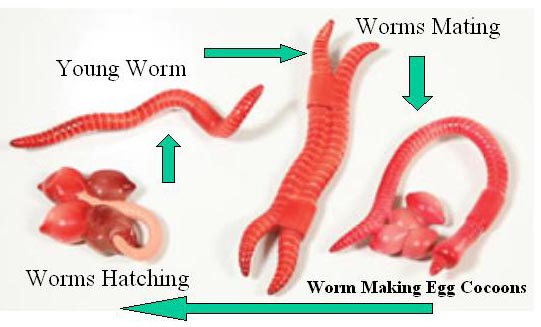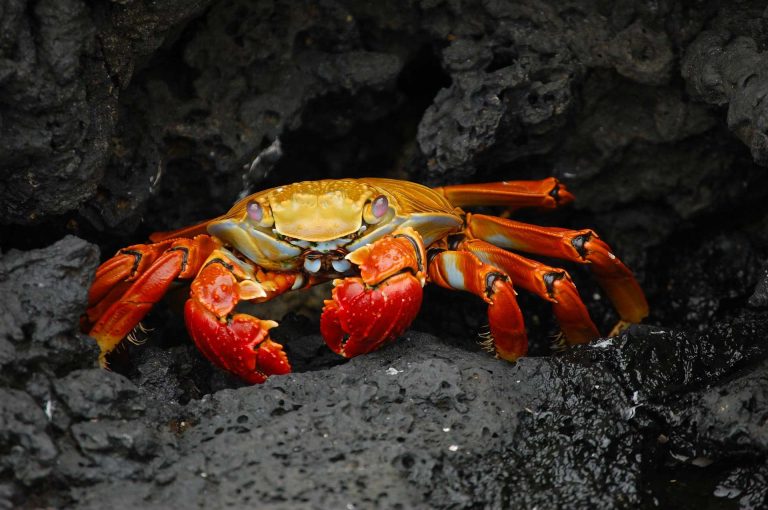Fish
Any living being, having a rightful place in the paraphyletic group, which does not have limbs, but possesses gills, is classified as a fish. In general, a fish is a cold-blooded creature. , Irrespective of the member of the paraphyletic group of organisms to which it belongs, a fish is always a gill-bearing craniate (chordates with heads) aquatic animal; it lacks limbs having digits. The bony fish, living hagfish, cartilaginous and lampreys, and also the other groups that are extinct, come under this category. The majority of the fish are ectothermic (which means ‘cold-blooded’), and their body temperature accommodates the changes in the ambient temperature. Despite this, they are very active swimmers, such as the tuna and the white shark, which are capable of bearing a higher core temperature. We find plenty of fish in most of the water bodies. You can see them in almost any aquatic surroundings, ranging from the high mountain streams (e.g. gudgeon and char), right to the abyssal (living at the bottom of oceans) and also Hadal zones of the ocean at depths of 20,000-36,000 feet (for e.g. Anglerfish and Gulpers). Unlike the other group of vertebrates, the fishes comprising of 33,100 species are described; they are further diversified into a variety of species.
Fish is eaten by several species of living creatures that includes humans as well according to statistics. Fish is considered as a vital source of proteins and other nutrients for human beings. In accordance with the research conducted in the earlier decades, it is proved that the minerals and nutrients available in fish, especially that of the omega-3 fatty acids seen in pelagic fish are good for the heart; besides it improves the growth of the brain and also helps in reproduction. As such, fish plays an important role in the functioning of our human body.
Fish Anatomy
The majority of fish bear scales on their external surface. The scales are oriented overlapping one another so as to protect the fish from infection and injuries. In certain species (example- Puffer fish), the scales are covered by the skin, giving it a living surface. In certain fish their edges are sharp and jagged, and in others, they are round and smooth. The scales are covered with a mucous secretion for further protecting it from infection. The function of the mucous is to trap the bacteria and viruses and immobilize them, hindering them from entry into the body of the fish. This protection also aids in reducing friction and enabling the fish to move freely in the water.
Special organs known as the gills are grown behind the head because they are always under water and these gills have thousands of capillaries. The water, which they absorb, is constantly pumped over the gills, which in turn, filters the oxygen from the water and directs it into the blood of the fish. A flexible bony plate known as an operculum acts as cover for the gills, and this aids in protecting the delicate gills. They are also functionally important for excreting the waste products, especially ammonia coming from the body stream of the fish.
The fish possesses a remarkable internal organ called the air bladder or swim bladder. This is normally located in the abdomen; it assists the fish in moving up and down in the water. The fish is able to control the quantity of air in the bladder, thereby controlling the depth at which it floats or swims continuously. In certain fish the swim bladder in addition, produces a sound. The swim bladder is absent in certain fish that belong to the ray or shark group namely Elasmobranches.
The reproductive organs of fish consist of the ovaries and testes. In many of the species, the gonads represent corresponding organs of like size.. This is fused either totally or partially. A variety of secondary organs can occur, so as to promote the reproductive strength. In certain fish, the genital papilla consists of a tiny fleshy tube, behind the anus, from the eggs or sperms are discharged; the papilla’s shape, mostly determines the sex of the fish. The amphibians and the fish eggs are like jelly. The eggs of the cartilaginous fish (e.g. skates, sharks, chimaeras and rays) are internally fertilized; they exhibit diversified types of external and internal embryonic growth. The majority of the species of fish spawns the fertilized eggs externally; characteristically the female lays the eggs and the male inseminates them. These eggs are deprived of the shell; so much so, they dry up in the atmosphere. Even the amphibians that breathe air, lay eggs in water, if not in the protected foam just similar to the foam-nest tree frog, called Chiromantis Xerampelina.
Carp
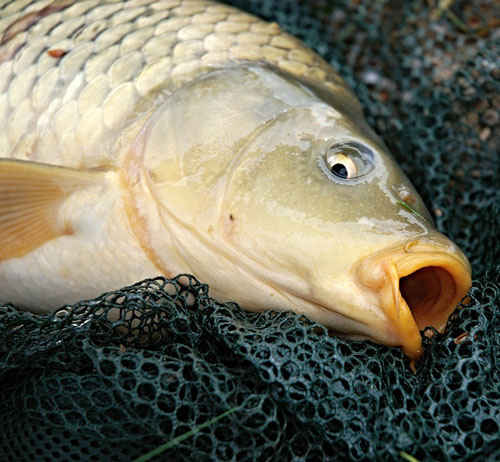
Carp is the general name given to the many species of freshwater fish, belonging to the Cyprinidae Family, this is a very big group of fish, which is a native of Asia and Europe. By breeding differently, these have been introduced to every location in the world. The European carp or the general carp are inhabitants of Asia and Eastern Europe. They also have been introduced illegally Io different places over the world, and are mostly regarded an invasive species
The normal carp is adjustable to the majority of situations; even then, they choose big water bodies that are stagnant or slow moving with mild vegetative sediments. You can see them, particularly in tiny schools, even though the big carps frequently lead a solitary life. Their habitat consists of brackish or fresh water of a pH 7.0 to 9.0 and temperature 35°F to 85°.
Generally, carp is cultured for food, particularly in Asia and Europe, because mass production of fish is possible in a single acre. The Leather Carp (practically without scales) and the Mirror Carp (having scanty scales and large in size) are the two varieties that are domesticated. The Crucian Carp (also called Caraccius Carassius) is a European counterpart of the gold fish without barbells. Winter is the season when the carp turns lazy and settles to the bottom and ceases feeding. Spring is when it spawns and the female deposits many eggs on the debris and on plants, normally in shallow water. Four to eight days later, the eggs hatch. The carp grows quickly. When they near 3 years old, they gain sexual maturity. When in captivity, it survives over 40 years. The standard length is around 35 cm. (14 in.), however, its growth is likely to extend over 100 cm. (39 in.) and weight as much as 22kg. (49lb.)
Tilapia
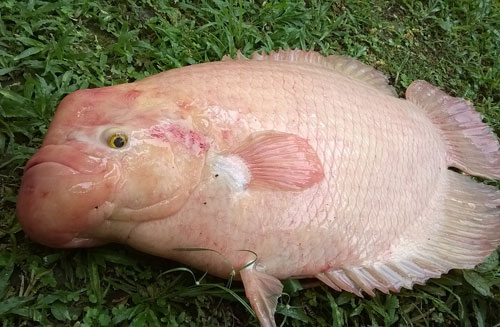
Almost hundreds of species of the cichlid fish from the Tilapiine cichlid tribe bears the common name Tilapia. These are primarily the freshwater inhabitants of ponds, shallow streams, lakes and rivers. Very rarely can you find them in the brackish water. Traditionally, they were very important in artisan fishing in the Levant and Africa. Besides, their importance in the field of Aquaponics and Aquaculture has increased to a great extent. Tilapia, at times, change into difficult invasive species when placed in habitats of warm water in places like Australia, irrespective of whether accidentally or on purpose. Normally they do not behave like this in temperate climates, since they are unable to survive in waters of temperature less than 21°C (70°F).
Characteristically, the body of the Tilapia is deep and compressed laterally. Similar to the other cichlids, the lower pharyngeal bones become fused into an only one structure, bearing tooth. In order to process its food, it makes use of a complicated set of muscles that permits the movement of the lower and upper pharyngeal bones, which they use as a secondary set of jaws, This divides the work of the jaws into the “pharyngeal jaws” and the “true jaws” (mandibles). This facility enables them to capture and process a great deal of food products and become proficient feeders. They have a protruding mouth, normally surrounded by swollen and broad lips. The teeth in the jaws are conical in shape. The dorsal fins of the Tilapia are typically long, there is a lateral line, frequently breaking near the dorsal fins and beginning once again with 2 or 3 rows of scales at the bottom.
The Tilapia fish is processed as a whole and prepared boneless (PO or pin-bone) and skinless: Based on the size of the fillet and the final trim, their yield varies from 30 to 37 %. Because in the commercial market Tilapia is used to a great extent, the pure bloodlines have become extinct. Most of the Tilapias available today are of the hybrid variety.
One among the many commercially significant aquaculture species is the Tilapia (this comprises of Barramundi, Trout and Channel Catfish). It is vulnerable to off-flavors. The reason for these musty or muddy flavors is generally two substances called Methylisoborneol and Geoamin, which are organic material of ubiquitous cyan bacteria. It frequently blooms sporadically or is present in the soil or water bodies. These flavors do not indicate the fish safety or its freshness; however, from the customer’s viewpoint, it hurts the product reputation. A mere procedure of quality control assures the quality of the fish coming into the market.
Salmon
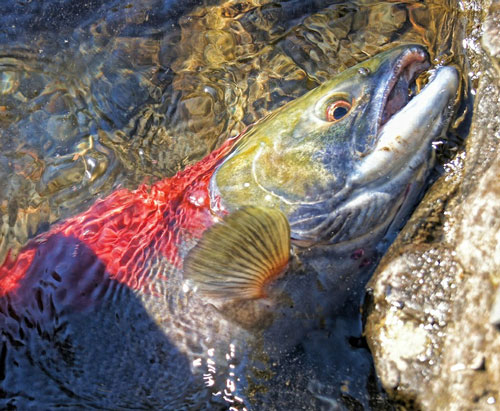
Many varieties of fish belonging to the Salmonidae family are called Salmon. The other fishes in the family are the Char, Trout, White Fish and Grayling. These salmon are inhabitants of the tributaries of North Atlantic (Salmon genus) and the Pacific Ocean (Omorbynbus genus). Several varieties of salmon are brought into the non-native surroundings, like the Patagonia in South America and the Great Lake of North America. In aquaculture there is mass production of salmons in several parts of the world.
Salmon is a well liked food; it comes under the classification of “oil fish.” This fish is rich in proteins and vitamin D and it has high content of omega-3 fatty acids; as such it is regarded as a health food. Besides salmon has a cholesterol content of 23 to 214 mg in every 100 g which varies according to the species. As per statistics published in the science journals salmons that are farmed are rich in dioxins. When compared to the salmons obtained in the wild, PCB (Polychlorinated Biphenyl), level is 8 times higher, however, it is much less than the danger point. Despite this, as per studies published in 2006 in the American Medical Association’s Journal, the advantage of consuming farmed salmons exceeds any risk caused by the contaminants. The level of omega-3 fatty acids in farmed salmons is high in comparison to that of the wild. The varieties of omega-3 are not a vital reason for healthy functioning.
Catfishes
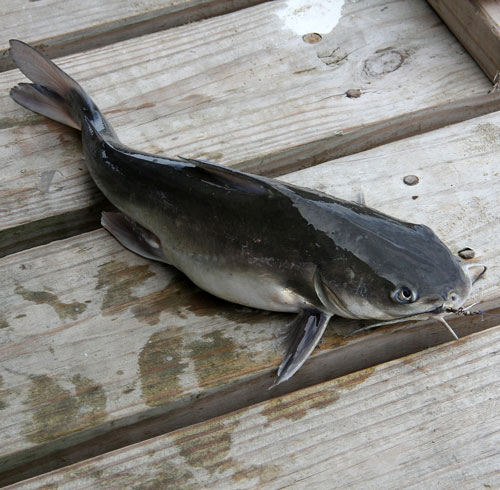
Catfishes (order Siluriformes) belong to a different variety of ray-finned fish, which is popularly known as Barbel, which has whiskers that resemble those of the cat.
The behavior and size of the catfish differ from the biggest types like the Mekon giant catfish found in Southeast Asia and the Wels catfish found in Eurasia, to that of the Detritivores (variety which consumes dead matter found at bottom of the sea).
You have also the small varieties of parasitic types, generally named Candiru, Vandellia Cirrhosa. Apart from these there are varieties like the Armor plated and also the naked ones, both of which lack scales.
Irrespective of their names, all catfish do not possess the popular name Barbells. Those belonging to the order of the Siluriformes are described according to the characteristics of their skull and swim bladder. In the commercial market there is a great demand for cat fish. Several big cat fishes are caught and farmed for food, whereas, several tiny varieties, in particular the ones belonging to the genus Corydoras, are preferred by hobbyists for their aquariums. Several cat fishes are of the nocturnal type, however, the rest (several Aucheniptridae) belong to the diurnal or crepuscular variety (example Calliuchthyidae or Loricariidar).
Catfish Farming
In Africa, Europe, Asia and North America, catfish is farmed for food since many years. According to statistics the flavor and quality of the catfish differs in accordance with the species to which it belongs. Certain critics regard catfish as a preferred food, whereas, many discard them as watery and deficient in flavor. Catfish are rich in Vitamin D. The level of omega-3 fatty acids is low in catfish, whereas, that of omega-6 fatty acids is higher.
Rohu
Rohu or Roho Labeo comes under the group of the catfish family; we find them in rivers of South Asia. It is a omnivorous variety. The greatest length to which it grows is 2m (6.6 ft) and it weighs a maximum of 110 kg (240 lb). There is a tendency for its weight to increase in the northern regions of Nepal.
In Bangladesh Rohu is a common food; and also in the states of India such as Odisha, Bihar, West Bengal, Assam and Uttar Pradesh. The Kayastha community and the Maithili Brahmins of Nepal, Uttar Pradesh and Bihar consider this as a part of their sacred food, which is eaten on all the auspicious occasions. In Pakistan, Rohu is the fish that is generally consumed, either with sauce and spices or they are eaten fried.
Black Pomfret
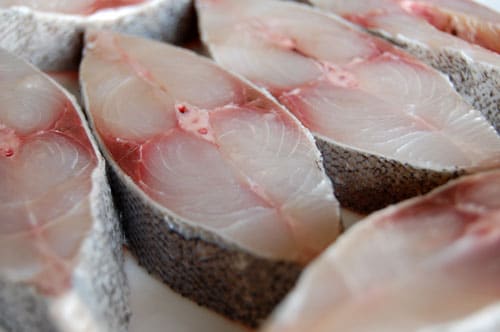
The Black Pomfret, whose scientific name is Parastromateus Niger, belongs to the species of Carangid a habitant of reefs from the western Pacific Ocean and the Indian Ocean; You can find them in the ocean depths ranging from 15 to 105 meters (49 to 344 ft.), although rarely do you find them in the oceans as deep as 40m (130 ft.) The whole length has been 75cm (30 in.). This length is of importance as far as the local commercial fisheries are concerned and it is the only member of its species.
Pisciculture
Fish farming or Pisciculture is considered the principal form of aquaculture, though other methods are likely to come under mariculture (Open sea cultivation of organisms). Commercial fish farming is done by rearing fish in enclosures or tanks, generally for food. Fish hatchery is a facility of releasing young fish into the wild for supplementing a species’ natural numbers or for recreational fishing. Carp, Tilapia, Salmon and Catfish are the varieties considered the crucial species for farming all over the world.
The demand for fish proteins and fish is increasing, this has caused excess fishing to a great extent in wild fisheries, and 62 % of the world’s fish farming practice is from China. Fish farming is a secondary source of fish for those marketing fish. But farming of carnivorous fish like salmon never decreases the sourcing from wild fisheries, because the farmed carnivorous salmon are normally given fish meal and the fish oil that is extracted from the wild forage fish. The returns from farming of fish all over the world is recorded as a total of 33.8 million tons by the FAO in the year 2008, this is worth almost $US 60 billion. In the year 2005, 40 % of the 157.5 tons of seafood that was produced was represented by aquaculture, this means that fish farming has become a crucial part food source, the world over, despite the fact that the farming industry was still in a toddler stage and didn’t really become well known till the 1970s. Because of aquaculture proliferation, the per capita global seafood availability has grown in the past few years.
Fish Consumption
- Around 85% of the fish that is caught is consumed by human beings. The excess is transformed into fish-meal and for the manufacture of oil, mainly used for farmed fish and as animal food.
- Around one billion people, mostly in the developing countries, believe that fish is the primary source of proteins obtained from animals. In the year 2010, over 2.9 billion people had 20% of their consumption of animal proteins from fish consumption.
- As a whole, people belonging to the developing countries and particularly the people residing in the coastal regions, depend to a great extent on fish as a staple food, when compared to the people of the well developed countries; there are countries, where these account in excess of 25% of the intake of animal proteins.
- When regarded as a continent, the highest consumption of seafood is in Asia, this is inclusive of high per-person consumption with a big population
Fish Preparation
There are several ways of preparing fish, such as uncooked (raw) (called sashimi). Marinating and curing (Escabeche, in Latin American cooking), smoking (smoked salmon), pickling (pickled herring), grilling, steaming or poaching (court-bouillon)., cooking in the form of baked fish (fish and chips). On account of this knowledge of the techniques of preservation of these food items in diverse cultures is becoming redundant; however, to retain the texture and taste on consumption, this still continues.

Having discovered a fondness for insects while pursuing her degree in Biology, Randi Jones was quite bugged to know that people usually dismissed these little creatures as “creepy-crawlies”.

